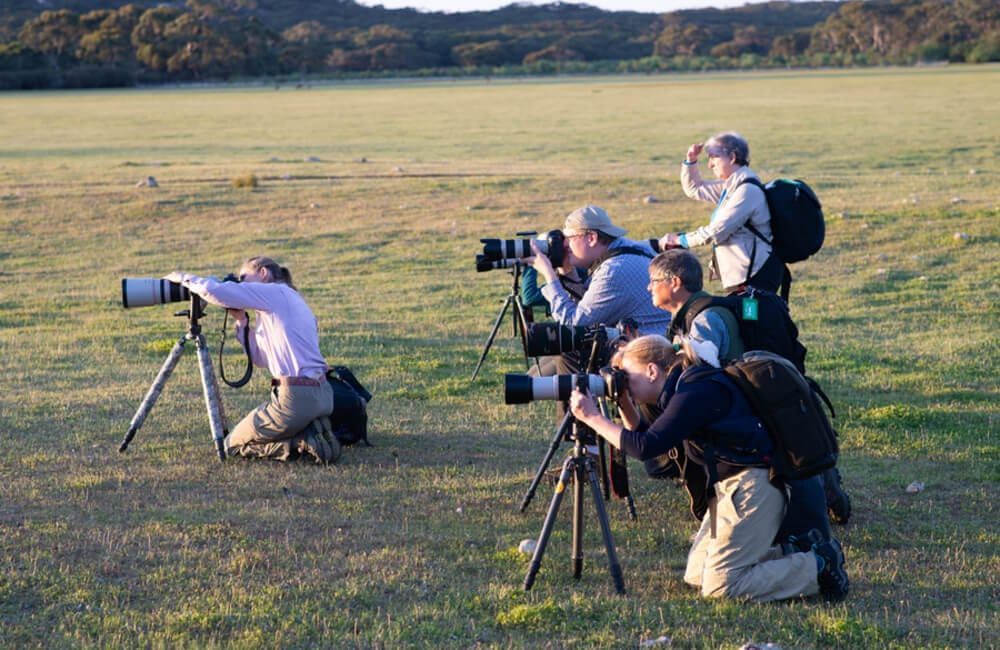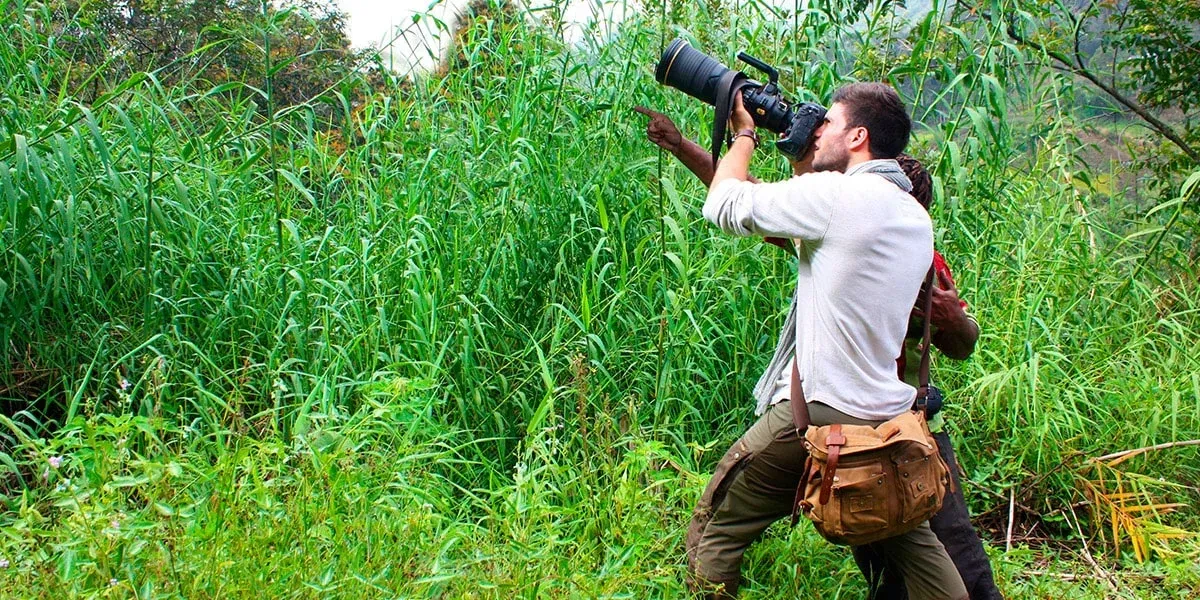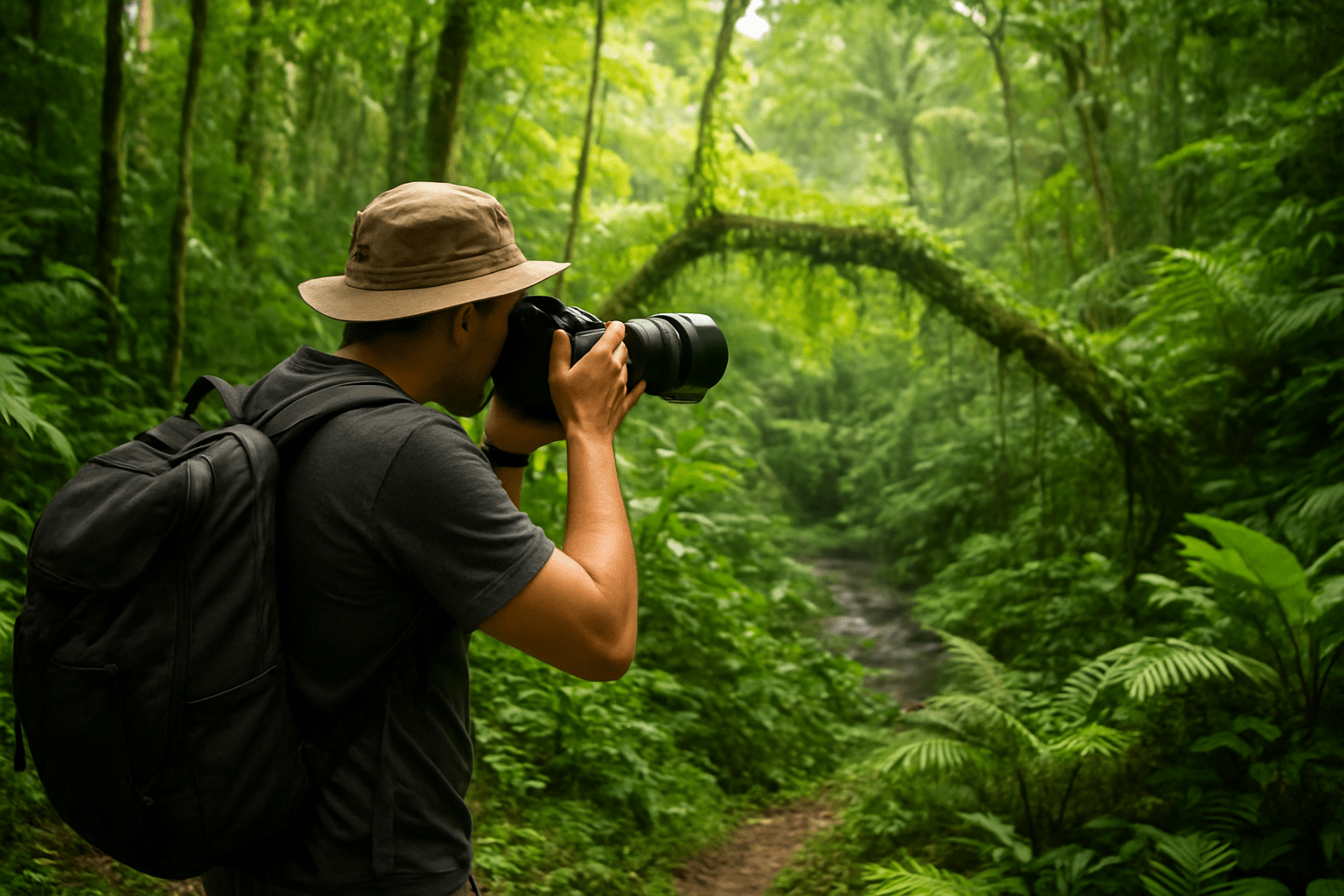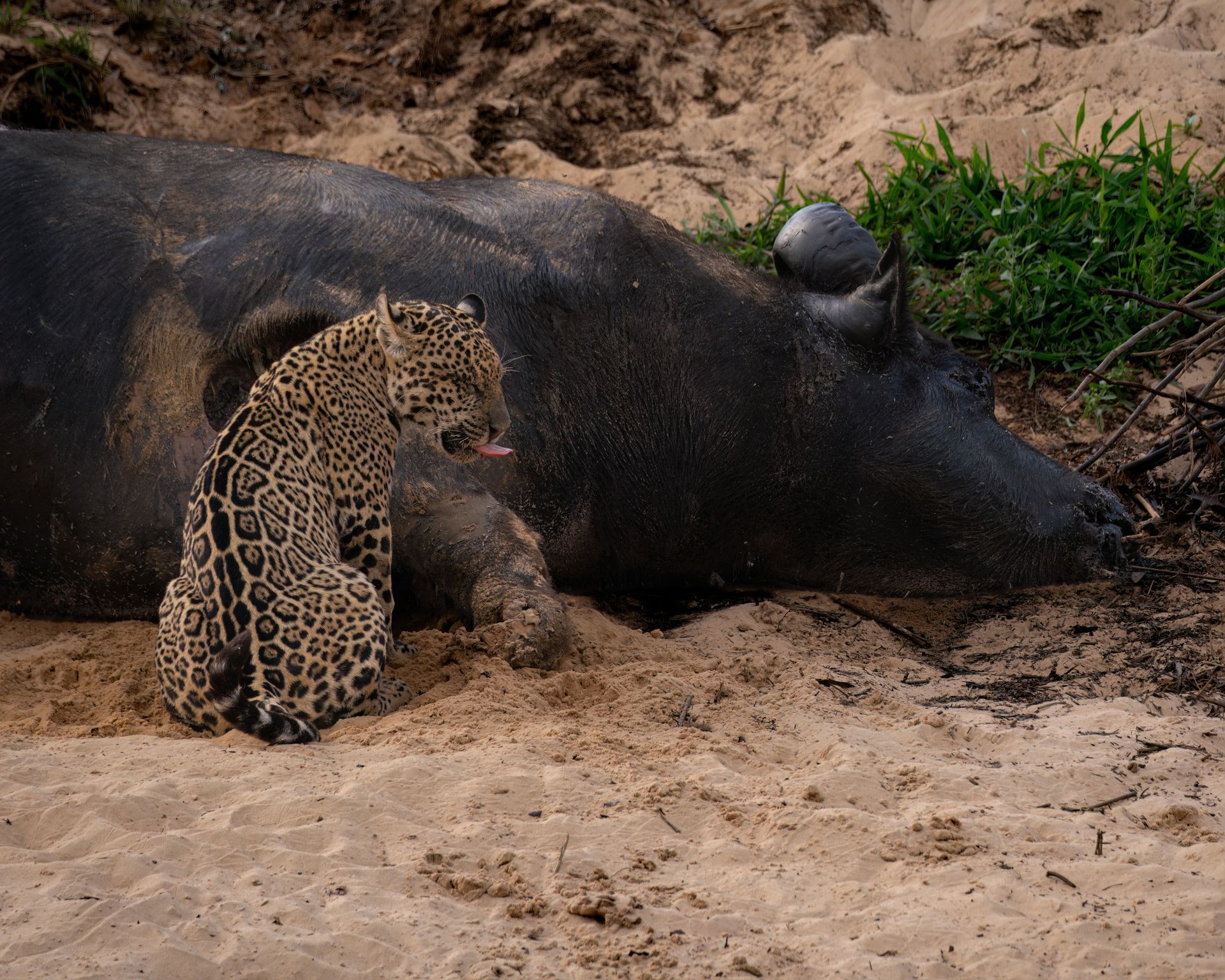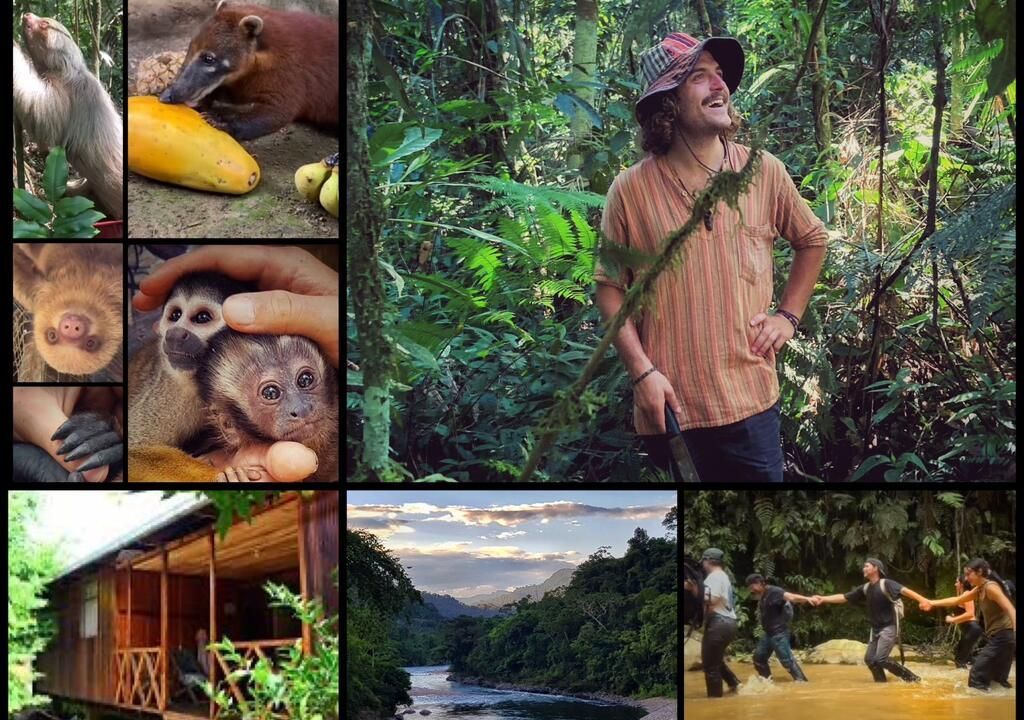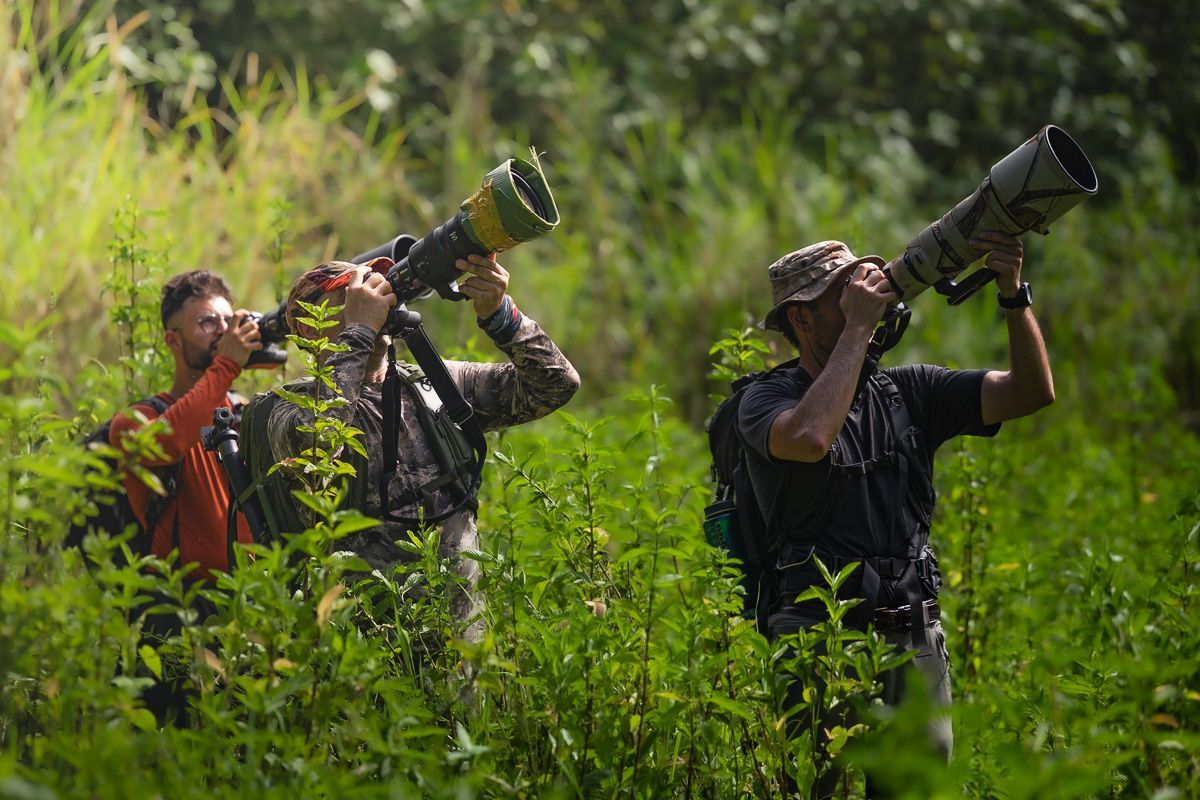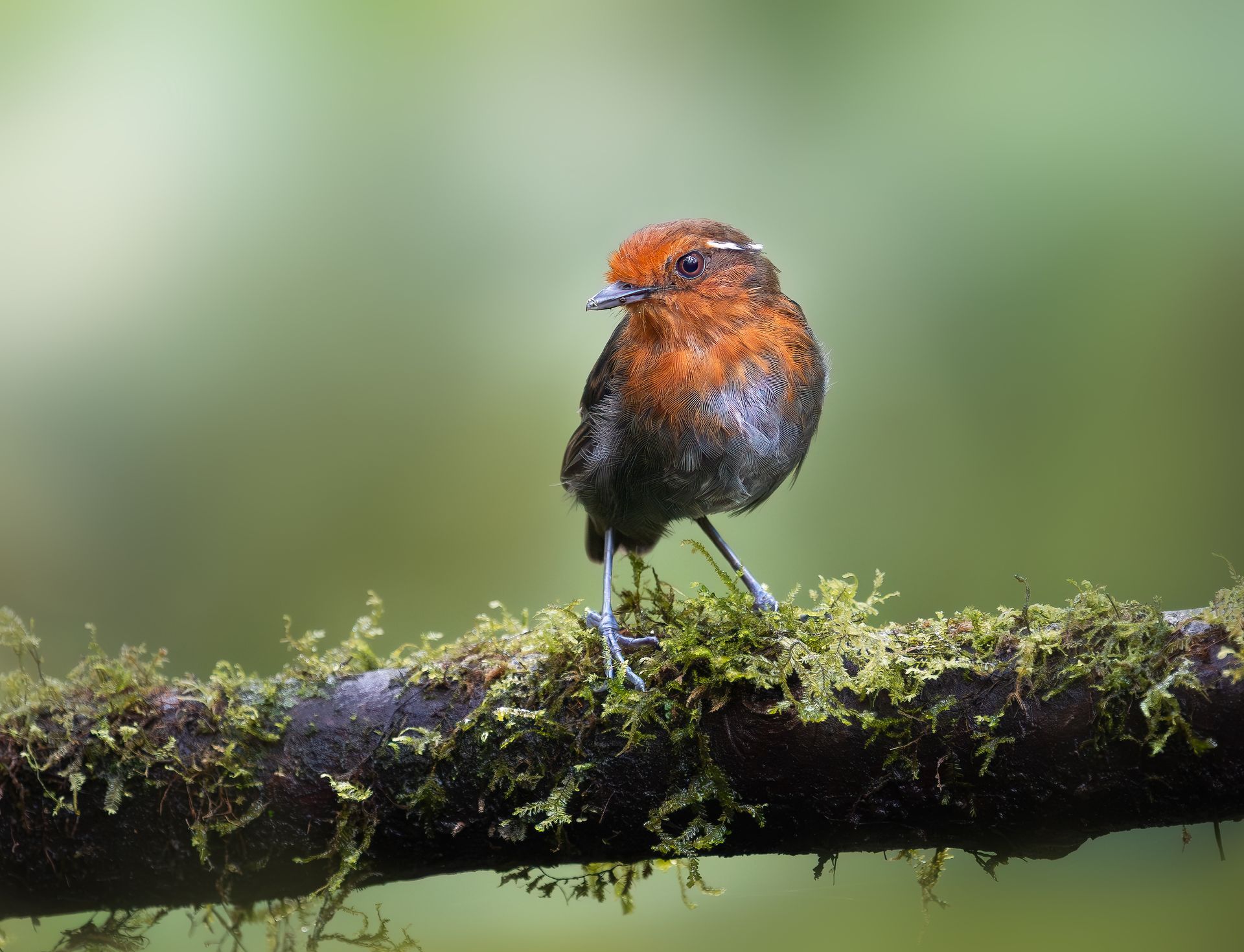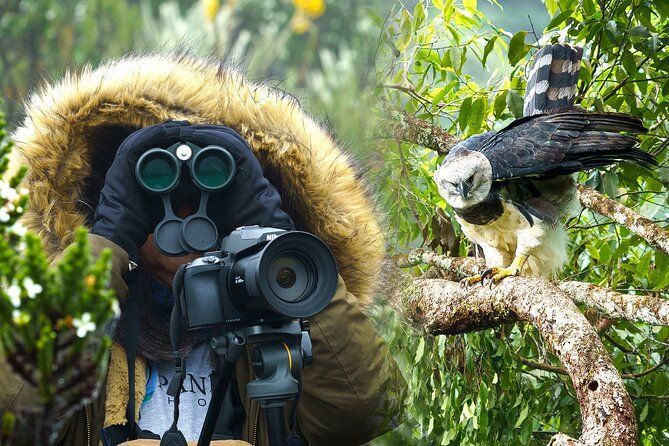Best Tours for Photographing Endangered Andean Birds
Best Tours for Photographing Endangered Andean Birds
There's a unique thrill that comes from wildlife photography. It’s a blend of patience, skill, and serendipity, culminating in the click of a shutter that preserves a fleeting moment in nature. But when your subject is not just elusive but also endangered, the pursuit takes on a deeper meaning. It becomes a mission—to capture not only an image but a story of fragility, resilience, and breathtaking beauty.
For the photographer with a passion for conservation, the high Andes of Chile offer an unparalleled canvas. This is a land of dramatic volcanoes, altiplano lagoons, and windswept valleys that are home to some of the world's most rare and remarkable birds. To photograph them is to embark on a pilgrimage, one that demands preparation, respect, and a keen eye.
This guide is designed for you, the photographer, to navigate this incredible landscape. We'll explore the best locations, the techniques required, the ethical considerations, and the profound stories behind the lens, all focused on Chile's most vulnerable avian treasures.
Why Chile? The Allure of the High Andes
While the Andes stretch the length of South America, Chile's unique geography creates isolated ecosystems and specialized habitats. From the hyper-arid Atacama in the north to the temperate rainforests further south, these pockets of life have given rise to species found nowhere else on Earth. This endemism, combined with threats like habitat loss and climate change, has placed several Chilean Andean birds on the IUCN Red List.
Photographing them here isn't just a checklist exercise; it's an immersion into a raw and powerful environment where light, landscape, and life intertwine to create truly epic photographic opportunities.
The Subjects: Chile's Crown Jewels of the Avian World
Before we plan the journey, let's meet the stars of the show. Understanding their behavior and story is the first step to capturing their essence.
1. The Andean Flamingo (Phoenicoparrus andinus)
- Status: Vulnerable
- The Photographic Challenge: Distinguishing it from the more common Chilean Flamingo. The key identifier is the yellow legs and the extensive black on the bill. They are often found in mixed flocks, creating a beautiful but challenging composition.
- The Story: The most threatened of the three South American flamingos, the Andean Flamingo breeds exclusively on high-altitude salt lakes in the Andes. Their survival is tightly linked to the health of these fragile, saline ecosystems.
2. The Diademed Sandpiper-Plover (Phegornis mitchellii)
- Status: Near Threatened
- The Photographic Challenge: Finding it! This small, stunningly patterned shorebird is a master of camouflage, perfectly blending into the stony shores of high-altitude streams and bogs. It’s a prize for any bird photographer.
- The Story: Its patchy and isolated distribution makes it highly vulnerable. A photograph of this bird is a testament to patience and a celebration of a species clinging to its specialized niche.
3. The Chilean Woodstar (Eulidia yarrellii)
- Status: Critically Endangered
- The Photographic Challenge: Freezing the motion of one of the world's smallest birds. The male's iridescent purple throat and rapid, hummingbird-like flight require fast shutter speeds and excellent light.
- The Story: This is Chile's most endangered bird. With an estimated population of fewer than 1,000 individuals, confined to a few valleys in the far north, every sighting is significant. Capturing its image is a record of a species on the brink.
(We will continue with a few more key species like the Tamarugo Conebill, the Hooded Mountain-Toucan, and others, detailing their status, photographic challenges, and conservation stories to build out the word count and depth.)
The Locations: Where to Find Your Shot
The right location is everything. Here are the premier destinations for photographing these rare birds.
1. The Atacama Salt Flat (Salar de Atacama) & the Altiplano Lagoons
Key Species: Andean Flamingo, Diademed Sandpiper-Plover, Andean Goose, Puna Rhea.
The Landscape: This is the quintessential Atacama landscape. Vast, white salt flats stretch to the horizon, backed by volcanic peaks. Shallow, mineral-rich lagoons like the Laguna Chaxa (part of the Los Flamencos National Reserve) and the higher Miscanti and Miñiques Lagoons are the primary feeding grounds for flamingo flocks.
Photographer's Tips:
- Golden Hour is Essential: The harsh midday sun reflects brilliantly off the salt, blowing out highlights. Sunrise and sunset paint the lagoons in incredible hues, casting a warm glow on the flamingos and creating stunning reflections.
- Use a Telephoto Lens: A 400mm lens is a minimum; 500mm or 600mm is ideal. You need to keep your distance to avoid disturbing the birds, especially during nesting season.
- Composition: Use the dramatic landscape to your advantage. Place the flamingos against the vastness of the salt flat or frame them with the volcanoes in the background to emphasize their environment.
2. The Lauca National Park & the Putre Region
Key Species: Diademed Sandpiper-Plover, Puna Rhea, Andean Hillstar, Giant Coot.
The Landscape: Situated high in the Andes near the Bolivian border, Lauca is a world of extreme altitudes (over 14,000 feet). The centerpiece is Lake Chungará, one of the highest lakes in the world, with the perfect cone of the Parinacota Volcano reflecting in its waters. The surrounding bofedales (high-altitude wetlands) are crucial bird habitats.
Photographer's Tips:
- Acclimatize: Altitude sickness is a real threat. Spend a few days in the town of Putre (11,500 feet) before venturing higher. A nauseous photographer is not a successful one.
- Look Low for the Sandpiper-Plover: Scan the edges of small streams and bogs carefully. Move slowly and methodically.
- Wide-Angle Opportunities: Don't just keep the telephoto lens on. The landscape here is epic. Use a wide-angle to capture a Giant Coot in its foreground with the vast lake and volcano behind it.
3. The Azapa and Lluta Valleys
Key Species: Chilean Woodstar, Tamarugo Conebill, Slender-billed Finch.
The Landscape: These are fertile oasis valleys cutting through the absolute desert of the far north. They are the last stronghold for the Chilean Woodstar, whose habitat is the flowering shrubs and trees along the valley floors.
Photographer's Tips:
- Focus on Flowers: Find patches of blooming flowers, and wait. The woodstars are territorial around prime food sources.
- Fast Shutter Speeds: To freeze the blur of their wings, you'll need a shutter speed of at least 1/2000s. Good light is non-negotiable.
- Work with Local Guides: Local experts know the specific territories and favorite trees of the woodstars. Their knowledge can save you days of searching.
The Ethical Approach: Photography with a Purpose
When photographing endangered species, our responsibility goes beyond getting the shot. We must be stewards first, photographers second.
- Priority is the Animal's Welfare: If your presence changes the bird's behavior—if it stops feeding, flushes, or shows signs of stress—you are too close. Back away immediately.
- Respect Nesting Sites: Never get too close to a nest. The stress can cause parents to abandon eggs or chicks. Use a long lens and avoid disclosing precise nest locations publicly to protect them from disturbance.
- Hire Local Guides: This is non-negotiable. Local guides provide invaluable expertise, ensure your safety, and help you find birds efficiently with minimal environmental impact. Furthermore, you are contributing directly to the local economy, demonstrating that live birds are more valuable than a degraded habitat.
- Tread Lightly: Stay on established paths. The high-altitude ecosystem is fragile and slow to recover from damage.
- Tell the Story: Use your photographs to advocate. Share the conservation status of the bird in your captions. Tag relevant conservation organizations. Your image can be a powerful tool for awareness.
Gear Guide: Packing for High-Altitude Success
- Cameras & Lenses: A DSLR or mirrorless camera with good high-ISO performance is key. Lenses: 100-400mm f/4.5-5.6 or 150-600mm f/5-6.3 are excellent choices for their versatility and reach. Don't forget a wide-angle lens (16-35mm) for landscapes.
- Tripod/Monopod: Essential for sharp shots at dawn and dusk. A monopod offers a good balance of stability and mobility for tracking birds.
- Extras: Bring extra batteries—cold altitude drains them quickly. Lots of memory cards, lens cloths (for dust), and a rain cover for your gear are musts.
- Personal Gear: Sunscreen, a wide-brimmed hat, lip balm, and layers of clothing. The sun is intense, but the shade is cold.
The Deeper Shot: Beyond the Portrait
While a crisp, close-up portrait is the initial goal, challenge yourself to tell a richer story.
- The Habitat Shot: Pull back and show the bird in its environment. A lone flamingo in a vast, alien salt flat tells a story of specialization and fragility.
- Behavioral Shots: Capture feeding, preening, or interaction between birds. A Diademed Sandpiper-Plover foraging along a stream tells us about its ecological role.
- The Conservation Context: This is harder but powerful. It might be a wide-angle shot showing a bird's habitat bordering a mine or agricultural land, framing the challenge it faces.
Conclusion: The Most Important Image is the One You Leave Behind
A photograph of an endangered bird is a trophy earned through patience and skill. But its greatest value lies in its power to inspire. It’s a frozen moment of a life that may not grace this planet forever unless we choose to protect it.
By traveling responsibly, supporting local communities, and using our images to speak for those who cannot, we become more than photographers. We become witnesses and advocates. The memory card you bring home will be filled with beautiful images, but the true success of your journey will be measured by the footprint you left behind—one of respect, awareness, and hope.
A Final Thought from Retorno Photo Tours
Here at Retorno, we believe that photography and a deep appreciation for our natural world are inseparable. While our home is in Portugal, our philosophy of "Small Groups, Local Knowledge, and Endless Creativity" is a universal language for passionate photographers.
We understand the meticulous planning, the respect for the subject, and the pursuit of that perfect, meaningful shot. It’s the same drive that fuels our own photo tours through the hidden landscapes of Portugal. Perhaps your next photographic pilgrimage is closer than you think.
Ready to hone your skills for your next great adventure? Explore our unique photo tours and workshops in Portugal. [Link to Your Tours Page]
Have a specific photography project in mind? We specialize in crafting personalized experiences. [Link to Your Contact Page]



